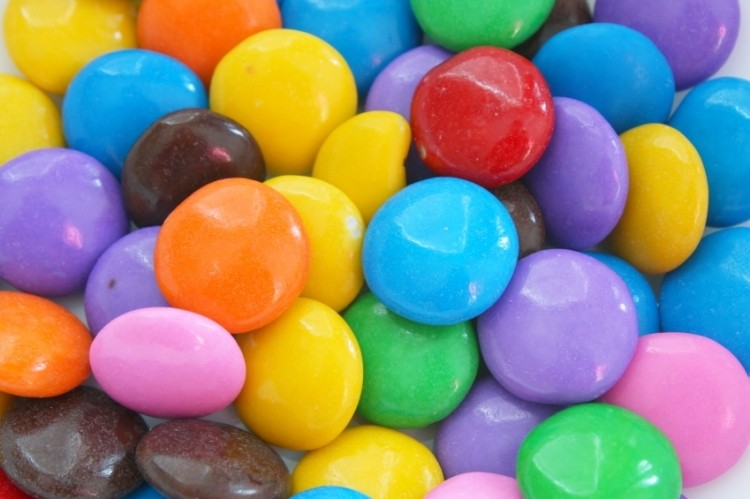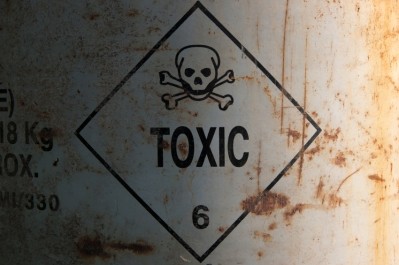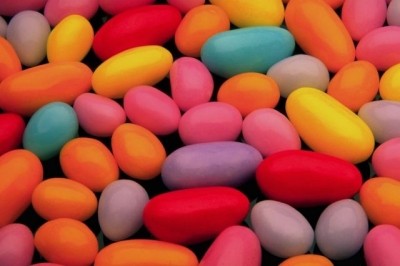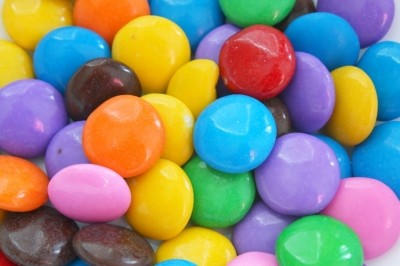EFSA calls for safety tests for six food dyes – including five Southampton colours

The food safety body said that new scientific data has emerged on Allura Red AC, part of a group of food colourings known as ‘sulphonated mono azo dyes’, since its safety was re-evaluated in 2009. It cited a mouse study that found possible genotoxicity associated with Allura Red AC, but said that the data were insufficient in themselves to warrant changing the ADI.
Chair of EFSA’s Panel on Additives and Nutrient Sources Added to Food (ANS Panel), Dr Alicja Mortensen, said: “In the light of all the data evaluated in this review, the Panel considers that these structurally related dyes could share a pattern of effects that deserve further investigation. However, currently the overall weight of evidence does not warrant a revision of the existing ADIs for these substances.”
The ‘Southampton Six’ colours made headlines in 2007 when a study published in The Lancet linked them with hyperactivity in children. After assessing the study, EFSA initially said there was no reason to change the ADI for any of the colours, largely because the combination of colours made it impossible to attribute effects to any substance in particular. However, EFSA later changed the ADI for three of the Southampton colours, for reasons unrelated to hyperactivity.
EFSA is now calling for more data on the chemically related group of sulphonated mono azo dyes: Azorubine/Carmoisine (E 122), Allura Red AC (E 129), Sunset Yellow FCF (E 110), Tartrazine (E 102) Ponceau 4R (E 124), and Amaranth (E 123), the only colour in the group that was not one of the Southampton Six.
“These substances, as all other food additives will be kept under continuous observation and will be re-evaluated in the light of new scientific information arising from the additional testing requested,” said Mortensen.
Lower ADIs
EFSA lowered the ADI for the other Southampton colour, Quinoline Yellow, in 2009, from 0-10mg per kg of bodyweight a day (mg/kg bw/day) to 0.5 mg/kg bw/day. This was because it uncovered a rat study on the long-term effects on reproduction and development of pups that had not originally been taken into account.
For Ponceau 4R, the ADI was also lowered in 2009 from 0-4 mg/kg bw/day to 0.7 mg/kg bw/day. This was based on a 1974 mouse study that found a connection with non-inflammatory kidney disease.
For Sunset Yellow, the ADI was lowered from 0-2.25 mg/kg bw/day to 1.0 mg/kg bw/day, based on evidence for an effect on the testes of rats.
All of the new ADIs were based on animal data with a wide safety margin built in for humans.



























